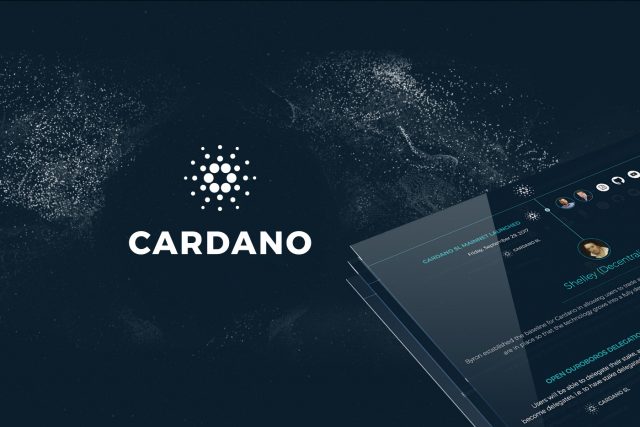
What Caused Cardano’s (ADA) Recent Price Drop

Cardano (ADA) is a decentralized, fully open source public blockchain and cryptocurrency project. Cardano is developing a smart contract platform which seeks to deliver more advanced features than any protocol previously developed. It is the first blockchain platform to evolve out of a scientific philosophy and a research-first driven approach. The development team consists of a large global collective of expert engineers and researchers.
Blockchain has the potential to become a globally transformative technology, but current solutions have been hampered by a number of critical issues: lack of regulatory oversight, experimental software development with unproven security, poor governance that stifles updates and a lack of planning for the long-term future of protocols.
The Cardano (ADA) project is different: it openly addresses the need for regulatory oversight whilst maintaining consumer privacy and protections through an innovative software architecture.
The protocol features a layered blockchain software stack that is flexible, scalable and is being developed with the most rigorous academic and commercial software standards in the industry. Cardano will use a democratic governance system that will let the project evolve over time, and fund itself sustainably through a visionary treasury system.
Cardano is backed by the Cardano Foundation, whose mission is to “standardize, protect and promote” the Cardano technology, the IOHK, a world-class blockchain engineering company responsible for building the Cardano blockchain, and Emurgo, responsible for fostering commercial applications being built upon the Cardano ecosystem.

There are now many different cryptocurrencies and the industry continues to see companies and governments experimenting with and starting to implement blockchain technology, whether it be for efficiencies through permissioned blockchains or through decentralized solutions.
Cardano differentiates itself by being designed from the ‘ground up’ to deliver a secure and sustainable blockchain that can protect user privacy whilst allowing for regulation, aiming to be a mature blockchain that is ready for large-scale applications.
Sounds like a legit project right? Let’s examine why exactly its price is falling then:
Every blockchain project has a token of value commonly referred to as a cryptocurrency. ADA is the cryptocurrency on the Cardano blockchain. With ADA, holders can send value between friends, pay for a good or service, deposit funds on an exchange, or enter an application.
To perform a transfer on the settlement layer requires you own Ada, or acquire Ada through an exchange. It will also be the native token to be used in applications built on the computation layer.
The maximum supply of ADA is set to 45,000,000,000 units. The current total supply is 31,112,483,745 while 25,927,070,538 of that make the circulating supply.
The average price per ADA, according to CoinMarketCap.com is around $0.55 USD, with Binance listing it at $0.546 paired with ETH and the Korean Upbit at $0.634 paired with KRW.
ADA’s all-time high made its appearance on January 4th of this year, where ADA was bartering around $1.33 USD per unit.

Many significant factors played an important role in the price drop ever since the all-time high, including the Korean markets investigation week, as well as other arbitrage opportunities again hailing mostly from Korean and Russian markets.
My personal approach is that Cardano is a really interesting and well developed solid project, their vision and goals could be achieved with less than $1 billion USD, while it managed to surpass $20 billion last month due to the FOMO and P&D group trading schemes.
It is a shame that investors most of the times won’t even bother reading about the project and invest only to pump the price and sell when they’re done. We see this phenomenon more often as new ICOs keep joining the game day by day, leading to instability and uncertainty regarding both the market and the respective projects.
We all understand that blockchain is a new field not just for technology and monetary institutions but it can be applied to any possible fields we already discovered and even create entirely new fields in the future. Therefore individual investors as well as professional investing teams will grab this opportunity and will try to ‘milk the cow’ until its ‘dead’. That could also mean the death of a project or a company that had a great vision and goals, with a solid team and working products or services, simply because the investing crowd only focuses on making money and forgets about the tech and vision of a specific project.
Cardano could be a victim of this financial tactic, and even if they have one of the greatest teams and projects around the blockchain scene they could lose it all, ironically because they have much more than they ever asked for.
Something similar happened earlier with IOTA and Ripple, while both companies managed to ‘shake off’ most of their fast-profit investors, they are now focusing on real project supporters including well-established companies in the industrial sector. Cardano could learn from this and adapt to Industry 4.0 before ‘pump & dumpers’ kill this amazing project’s value.
Do you think Cardano will keep rising or it will be stabilized at a certain point? Let me know your thoughts on this in the comments below.
Reporting for The Independent Republic, Ross Peili